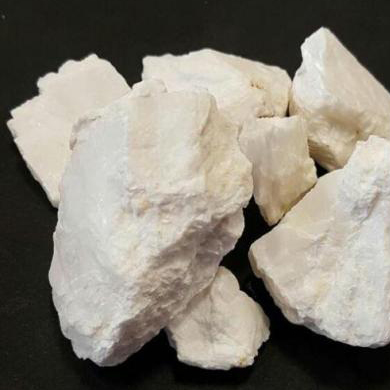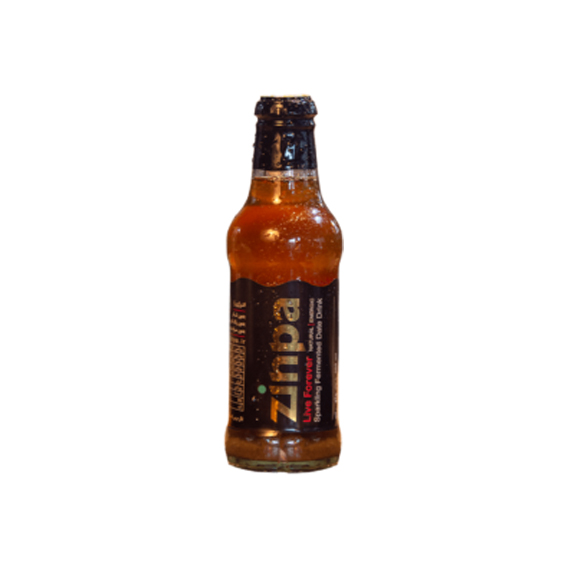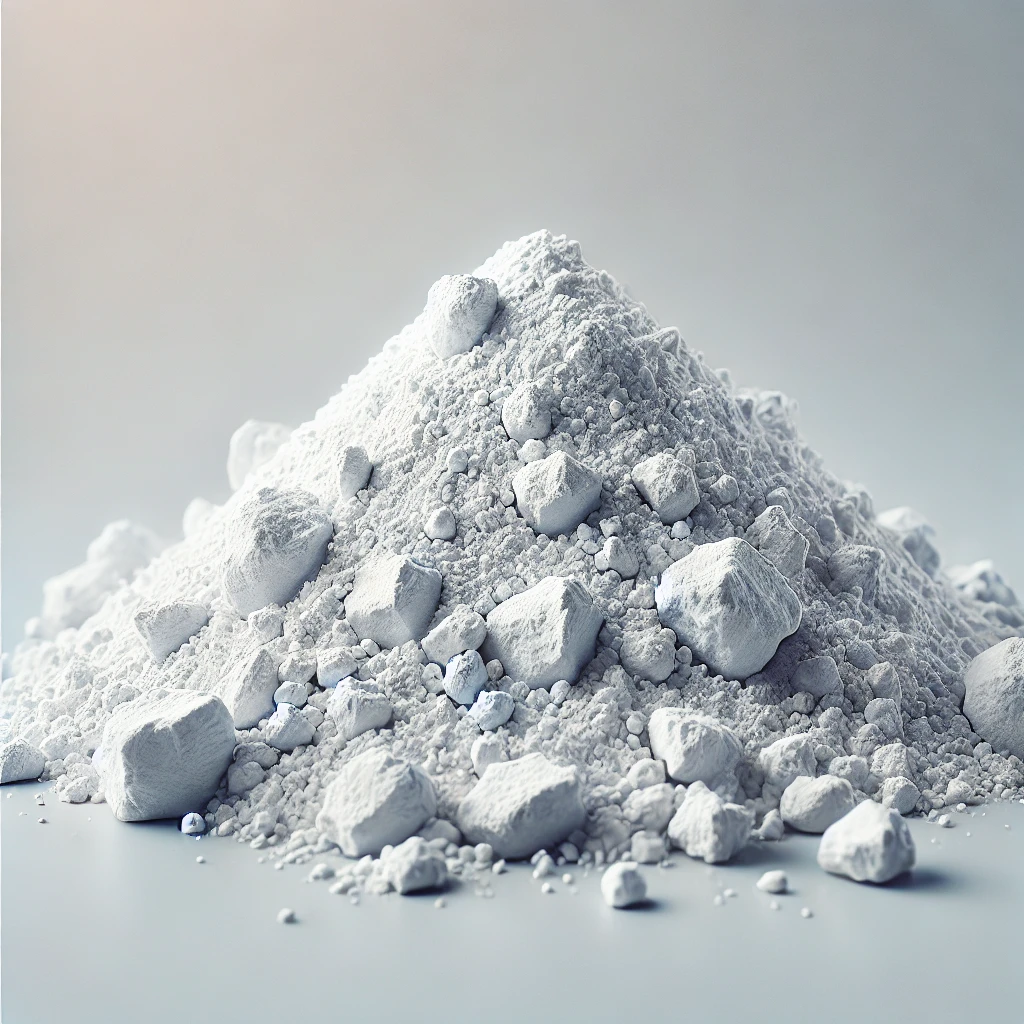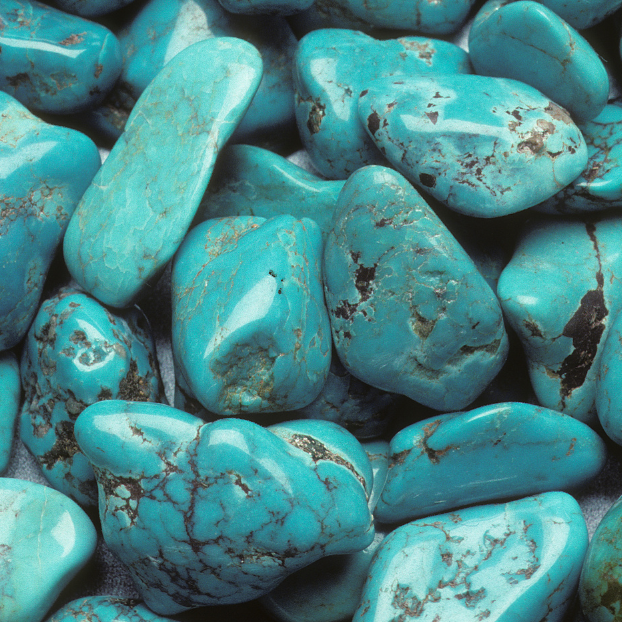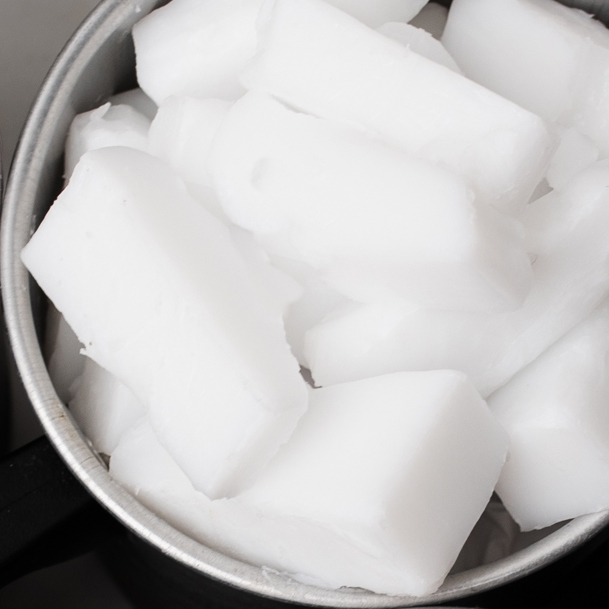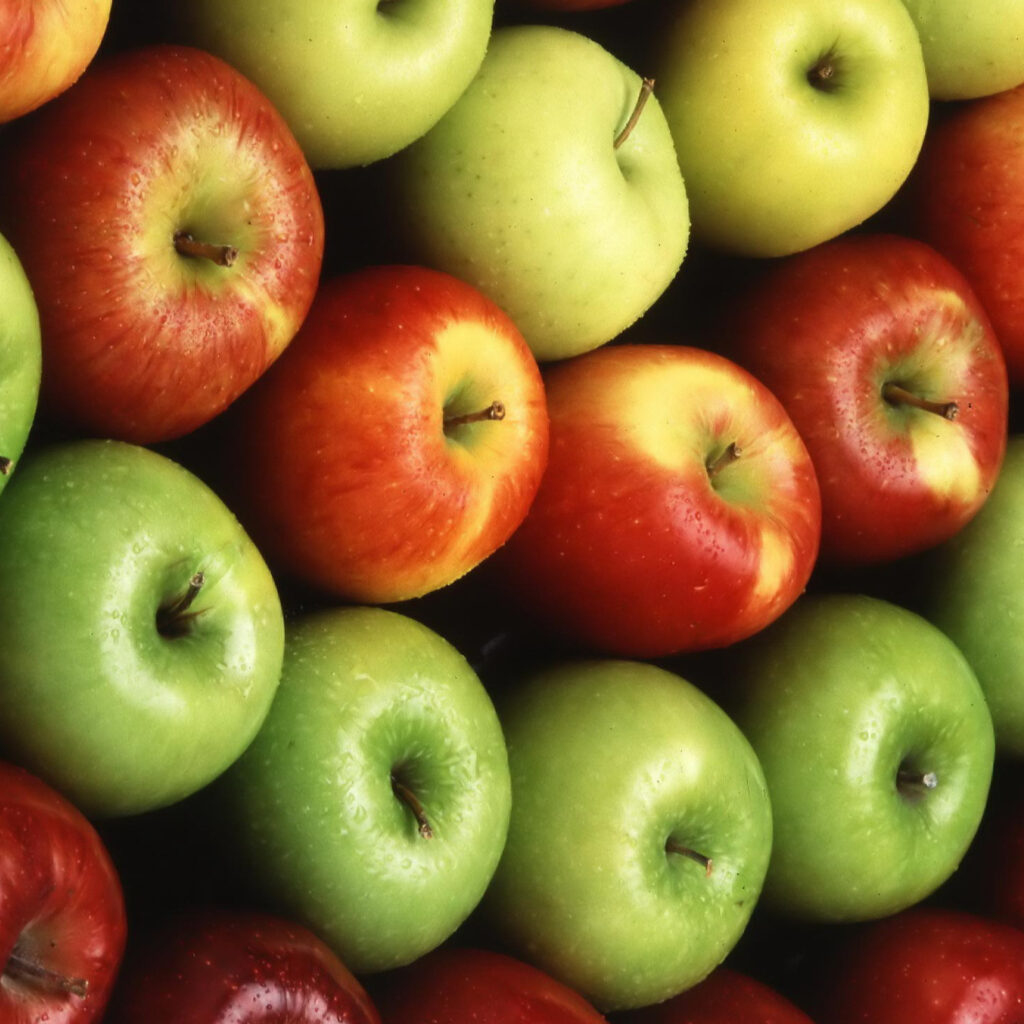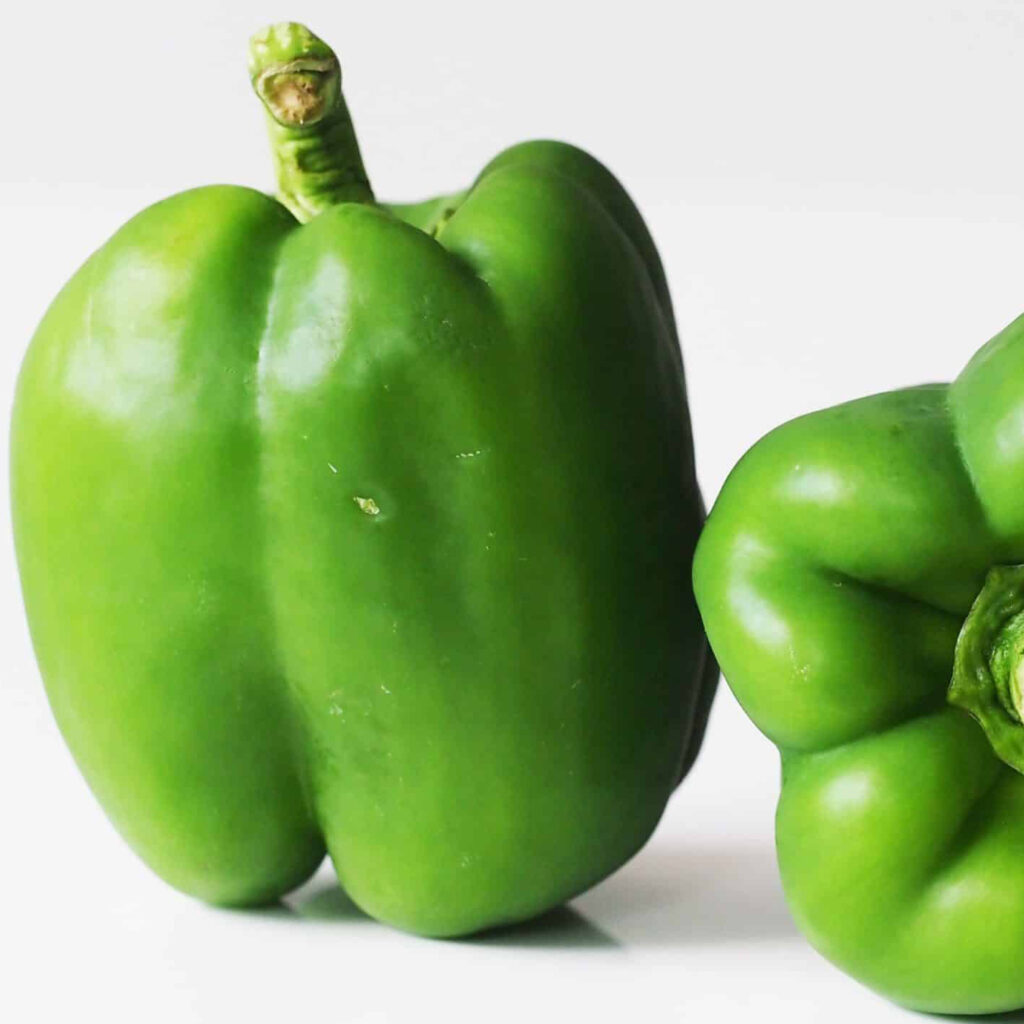Baryte (also spelled “barite”) is a mineral composed of barium sulfate (BaSO₄). It is notable for its high specific gravity, which makes it a key material in various industrial applications. Baryte occurs in a variety of colors, including white, yellow, blue, gray, and brown, and is often found in veins or as a byproduct of hydrothermal processes.
Key Characteristics of Baryte:
1. Chemical Composition
– Formula: BaSO₄ (barium sulfate)
– Specific Gravity: 4.5, making it one of the heaviest non-metallic minerals.
– Hardness: Ranges from 3 to 3.5 on the Mohs scale.
2. Occurrence
– Baryte is typically found in sedimentary rocks, often in association with other sulfide minerals like galena and sphalerite. It is commonly found in veins formed by hot mineralizing solutions in hydrothermal deposits.
– It is mined from various locations worldwide, including the United States, China, India, Morocco, and several African countries.
3. Applications
– Drilling Mud: Baryte’s primary use is as a weighting agent in drilling mud for oil and gas exploration. Its high density helps control the pressure in the wellbore during drilling operations and prevents blowouts by balancing formation pressures.
– Paints and Coatings: Baryte is used as a filler and extender in paints, coatings, and plastics to improve product durability and enhance gloss.
– Medical Applications: In the medical field, finely ground baryte (barium sulfate) is used as a contrast agent for X-rays and CT scans, particularly in imaging of the gastrointestinal tract, as it is opaque to X-rays.
– Rubber and Plastics: It serves as a filler to add weight and improve properties in rubber and plastic products.
– Glass and Ceramics: Baryte is used in the production of certain types of glass and ceramics, where it helps in improving the properties of the final product.
4. Global Trade and Reserves
– Baryte is mined in large quantities.The mineral is traded internationally, especially for use in the oil and gas industry.
– Global demand for baryte is closely tied to the oil and gas sector since its main use is in drilling mud.

